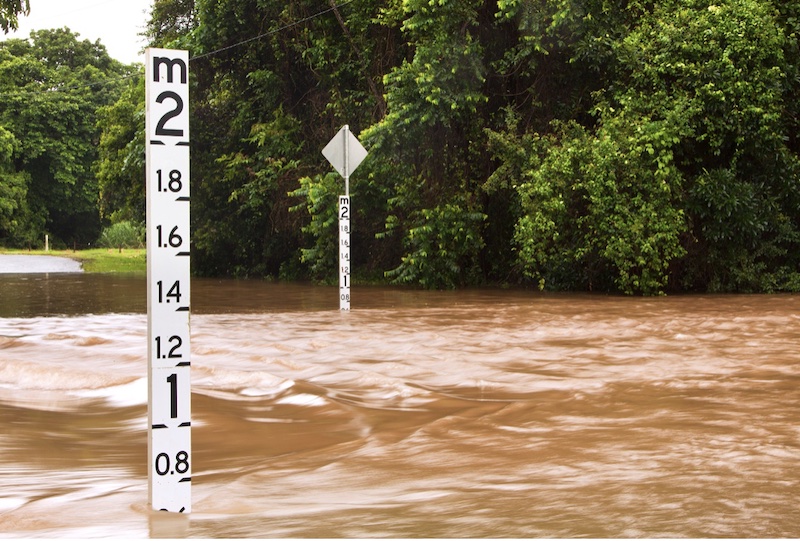Home Disaster & catastrophes Page 22
Flood insurance explained

The risk of a flood occurring is reflected in the cost of the premium – property owners with a high risk of flood will pay a higher premium than other property owners.
Flood definition
Australian regulations include a standard definition of flood, which was introduced in June 2012.
It applies to home and contents, small business and domestic strata-title policies.
The standard definition of flood in Australia is:
The covering of normally dry land by water that has escaped or been released from the normal confines of:
- any lake, or any river, creek or other natural watercourse, whether or not altered or modified; or
- any reservoir, canal, or dam.
Even if your policy excludes flood damage, your policy may still cover you for events such as storm or rainwater damage. Storm or rainwater cover in your insurance policy may cover the situation where your house becomes inundated by rainwater that has fallen naturally from the sky. Though most insurers regard rainwater runoff as part of storm cover, some insurers won’t cover rainwater runoff when the customer chooses not to take flood cover. These options are explained in the product disclosure statement for your policy.
Check your policy wording and talk to your insurer if you do not understand what you are covered for.
Other forms of insurance may have different ways of describing flood risks.
Am I covered for flood?
Speak to your insurer or broker if you’re not sure. Flood has a standard definition and for domestic products is offered in four ways:
- Standard inclusion
- Standard inclusion, opt out at customer request
- Not standard inclusion, opt in at customer request
- Not standard inclusion
Most domestic products are purchased direct from insurers.
For commercial products, flood cover is not standard and has to be opted into. Most commercial products are purchased via intermediaries i.e. brokers.
Customers should review their policy documentation or contact their Broker to confirm the cover they have in place.
What happens if I don't have flood cover?
If you opted out of flood cover, did not opt in to flood cover, or your policy excludes flood, your insurer may still assess any claim you make to determine how your home was inundated. This may be required to establish whether other inclusions in your policy (cover for storm water run-off for example) can cover all or part of your claim.
Check your policy wording and talk to your insurer if you do not understand what you are covered for.
How do insurers determine the flood risk to my property?
In partnership with state and territory governments, the general insurance industry has developed and licensed the National Flood Information Database (NFID) for use by insurers in determining the flood risk to individual properties.
NFID is an address database containing 13.7 million property addresses, overlayed with the known flood risk according to government flood mapping. Commercial licensing arrangements between many governments and the specialist flood risk experts who prepare the flood maps means it is not a public database.
Most insurers use NFID to determine the flood risk to individual properties, and calculate the premium based on this risk and other criteria including building type, location and claims history.
However, it is up to individual insurers to decide what criteria they use to determine flood risk. They may examine information from many sources to identify properties that are prone to flooding. These may include local government flood mapping, historical flood information, terrain data and insurance claims information.
Insurers assess how often a property is expected to flood, how severe the flooding may be, and how deep the flood can get.



